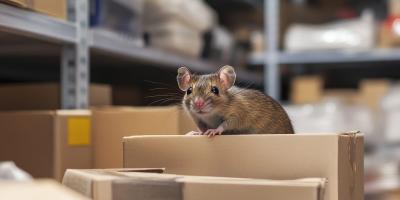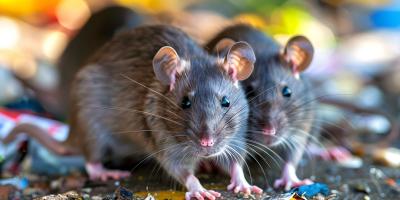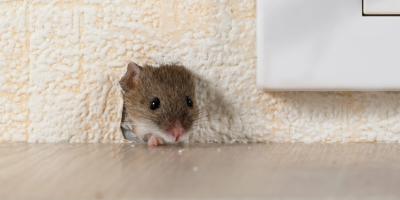Dogs Aren't the Only Ones Who Love Pet Stores

You love it when customers bring their pets into your pet store – it gives the place a friendly feel and communicates how welcome animals are at your business. But that doesn’t mean you want any and all creatures hanging out in your shop. Unfortunately, pet stores attract a wide range of pest species, including fleas, ants, mice, rats and cockroaches.
Welcome Pets, Prevent Pests
Some of these pests, like ants and cockroaches, are drawn to the pet food you keep in stock. Others hitch a ride on your customers’ fur-family’s backs, like fleas, then hop off whenever they feel like it; often during grooming when they cling to a previously unaffected pet.
The destruction that pests cause to your property and your stock can be substantial, too. For example, weevils, Indian meal moths and some beetles will lay eggs in grains and seeds. Then their larvae will feast on the product from the inside out.
Probably the biggest draw for pests overall is the pet food you keep on hand. Dog food and cat food are prime attractions, of course, but so are birdseed, as well as straw, hay and other grasses. Unfortunately, some infestations begin at the processing plant where the food is made, in which case all you can do is to treat the problem. But certain pests are particularly fond of pet food, and those are the ones you’ll need to watch out for.
Pests with a Penchant for Pet Food
Cockroaches: They love dark, humid environments, like where you probably store your pet food supplies, and they are not very picky eaters, so everything is fair game. They won’t do any serious harm to people or pets who visit your store, but they can cause allergic reactions in both that could become serious.
Indian meal moths: At less than 3/8-inch long, these little guys can easily go undetected. Their calling card, however, is the silk webbing they leave at the tops of containers they’ve infested. They’re safe for pets to eat, but let’s face it, they’re not exactly appetizing.
Warehouse beetles: Not only do they love pet food, they eat pet hair and other by-products, too. Some are only 1/8-inch long and nearly impossible to detect, which is bad news for pets. If dogs or cats eat these beetles, digestive discomfort and respiratory problems could follow.
Grain beetles: Even smaller than their warehouse beetle cousins, these little suckers can be as tiny as 1 or 2 mm long, and are virtually impossible to detect with the naked eye.
Weevils: Although they are typically fans of grains like wheat, pasta and cereal, weevils will also feast on pet food. They prefer humid environments, so pet stores located in coastal areas are more likely to be affected.
If you do find contaminated food in your store, the first step is to throw it away and thoroughly clean the whole area. Otherwise, be sure to follow proper sanitation procedures, always rotate stock using FIFO (“first in, first out”), inspect all incoming shipments for signs of infestation, like holes chewed through packaging; finally, since it’s your livelihood at stake, be sure to consult with a pest control professional who can nip any impending infestations in the bud.
Keep the pets, ditch the pests. It’s that simple. Schedule a free consultation with a commercial service planner today.



